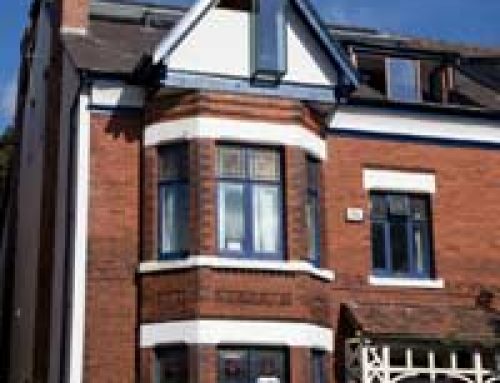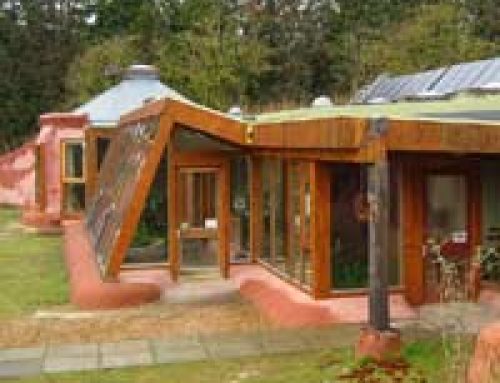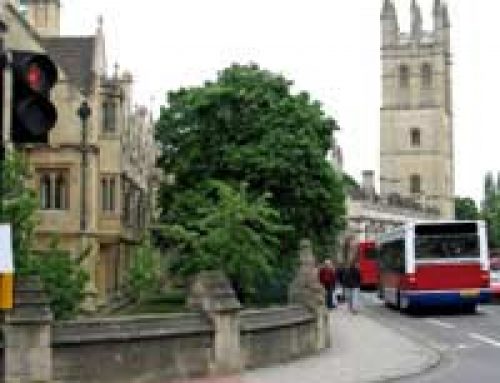
The UK’s first low carbon town in South Wales was a mammoth undertaking and involved making around 40,000 existing homes much more energy efficient.
The scheme, involving private homes, was set up in the town of Aberdare in the Cynon Valley – once at the heart of iron making and coal mining.
And this ‘green’ project is part of a much more ambitious plan to make the entire region one of the UK’s most efficient low carbon zones.
Initially, 500 homes were targeted and plans for the first year included the installation of 300 renewable energy systems.
Local Support
The driving force behind the larger Low Carbon Zone project was the Heads of the Valleys strategic regeneration programme.
Welsh Assembly Environment Minister, Jane Davidson said: “This town was at the centre of the industrial revolution of the 19th Century, where the exploitation of fossil fuels created the modern world.
“By becoming Wales’s first low carbon town, Aberdare is now at the forefront of bringing about a new way of living within our resources, whilst also ensuring communities and businesses can succeed and grow.”
Objectives
The 15 year Low Carbon Zone project aims to assess 65,000 homes for signs of energy efficiency and the plan is to improve energy efficiency in 40,000 of these homes.
Plans for the first 300 renewable energy systems included:
- Low energy street lights
- Solar thermal hot water heating systems
- Smart meters to encourage people to reduce bills and conserve energy
- Solar photovoltaic panels to produce energy
- Air source heat pumps
Energy performance checks ensure each property is given suitable energy saving information and in many homes, heat and electricity will be generated by new micro-CHP (combined heat and power) systems, which should save a family of four almost £250 a year on utility bills.
Contractors involved in the pioneering project received training at the British Gas Green Skills Centre based in Tredegar – the first centre of its kind in the UK.
Verifying Results
Results from the first 500 homes were due to be available after the first year of the project, highlighting the amount of CO2 saved.
The estimated amount of CO2 saved from these first 500 homes alone is expected to be around 1000 tonnes per year but this should rise to 3,000 tonnes per year when the first 1,500 houses are fully converted.
Project Costs
The 15 year project has been funded by the Welsh Assembly Government and private sector utility companies and total costs are expected to reach a staggering £70m to £90m.
However, the project had aims other than purely energy saving. It was also designed to create economic benefits by providing new job opportunities through the creation of a hub of renewable energy businesses in the region.
It is hoped that in the coming years, the valley will become home to the largest concentration of renewable energy businesses in Europe – and ultimately, it could attract inward investment worth tens of million of pounds.
It should also have significant social and environmental benefits, such as lower utility bills for local residents and the reduction of child poverty.





What is the cost per square ft ( roughly ) at the present time ,and is their a limit on size ?